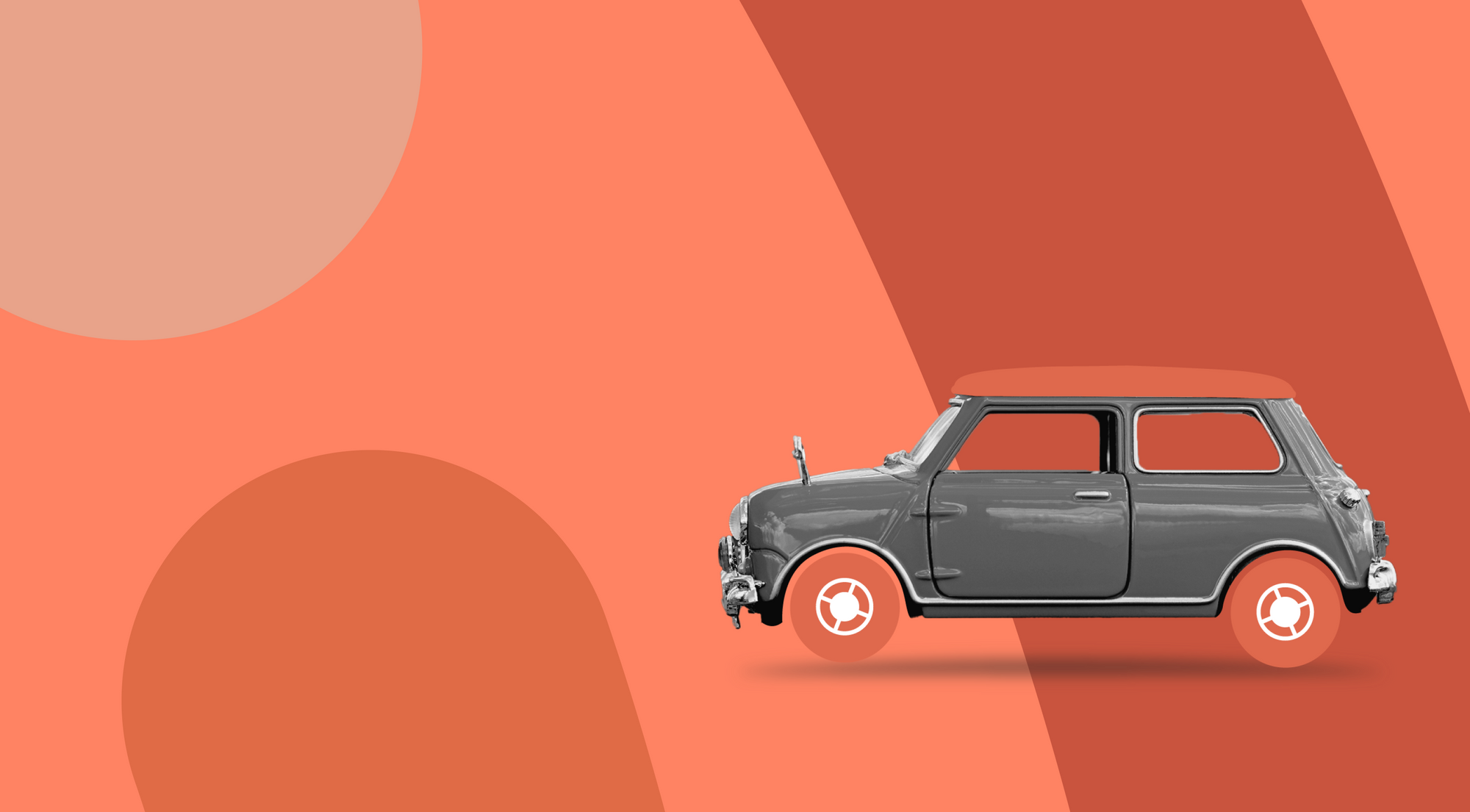When to use headlights

When to use headlights
Whether you’ve just passed your driving test or you’re a seasoned motorist, it’s hard to say you know exactly what every part of your car does and when to use it. One area that you might need some brushing up on are your headlights: what different types are there and when should you be using them?
What types of headlights are there?
When it comes to the headlight you need to switch them on yourself as a driver, dipped headlights are the ones you’re probably going to be using the most often. They’re not as bright as full beam headlights or fog lights, but they’ll do more for your visibility than your sidelights. They’re known for being “dipped” because they’re angled downwards towards the road to help light it up.
Your full beam headlights are often the brightest headlights you’ll have on your car. While your dipped headlights are pointed down towards the road, your full beam headlight are angled higher so they’ll give you a wider range of visibility. If the word “full beam” sounds totally foreign to you, you might be more used to calling them “high beams” which is what they’re sometimes known as!
Are you in need of a bit of clarity on the whole MOT process? Our blogs ‘How long is an MOT certificate valid for?’, ‘How early can you MOT your car?’, and When will a new car need its first MOT test?’ have some great tips for you.
Now your fog lights are the headlights you might still have never used on your car - but they are there for a reason! They’re used (you guessed it!) when there’s fog that’s affecting your visibility. So, if you can’t see for more than 100m in some fog, it might be time to reach for the fog light button.
Sometimes when you’re driving you might feel like you don’t need your headlights on to light up the road, but it is getting dark enough that you want to make sure you’re visible to other cars - that’s where your sidelights come in. These aren’t as bright as the rest of your headlights but will make it easier for other cars to see you (and you to them!). According to the Highway Code, your sidelights should also be used as parking lights when you park on a road with a speed limit over 30mph, or on any road during fog.
When to use dipped headlights?
So now you’ve got the lowdown on what headlights you’ve got on your car, the next question is when do you actually use them? When should you dip your headlights? As mentioned earlier, your dipped headlights are the headlights that you’ll probably use the most often when you’re driving.
The official guidance from the Highway Code states that you should turn your dipped headlights on when your “visibility is seriously reduced”. Now I know what you’re thinking, “what counts as seriously reduced?”. Well luckily the Highway Code has that covered too - they define seriously reduced as not being able to see more than 100m ahead.
Your visibility is most likely to be seriously reduced by those standards at night or during bad weather. So if you’re going for a nighttime drive, or get caught in a spot of rain, that’s when you’ll probably want to turn your dipped headlights on.
If you’re needing some other parts of your car demystified then we’ve got some great blogs for you. Check out ‘What aircon gas is in my car?’ for some top tips.
When to use full beam headlights?
Other than your dipped headlights, the other kind of headlight that can bring up a lot of questions are your full beam headlights. Unlike your fog lights, the clue on when to use them isn’t in their name.
As your full beam headlights are the brightest lights on your car, it makes sense that you’ll probably only want to be using them when your visibility is seriously affected. So if you’re driving at night on an unlit road? Yes, that’s a situation you should probably use your full beam headlights in. But if the sun is just starting to set and you’re just in need of a little extra visibility? That’s more a job for your dipped headlights.
Something that’s very important to note about your full beam headlights is that if anyone is facing your full beams you’ll need to briefly turn them off until they’ve passed. This is the same whether you’re facing an oncoming car, pedestrian, or cyclist. If you don’t turn them off you risk dazzling them - and even though the word sounds fun, trust us, it isn’t. Dazzling occurs when a bright light temporarily blinds someone, and I’m sure you can imagine just how dangerous it could be if someone is temporarily blinded on a road.
When should you flash your headlights?
So we’ve covered when to use common types of headlights, but another use for headlights you might still have questions about is flashing your headlights. Should you ever flash your headlights at pedestrians? When should you flash your headlights at other road users? Are you even allowed to in the first place?
Flashing your headlights is something that is allowed, but only in certain situations. If you flash them outside of those situations it can be dangerous and even illegal.
Really the only situation that you should ever flash your headlights in is if you need to warn someone else that you’re there. So if you think someone hasn’t noticed that your car is there and it could cause a hazard? That could be a good reason to flash your headlights. But if you see your friend’s car passing by and you want to say hello? Maybe think of another option.
Flashing your headlights definitely should not be used situations where you’re annoyed with another driver or someone else on the road. Whether they cut you off our not, you risk causing an accident by startling them with your lights, which is something no one wants.
A few final tips…
If you’re looking for some more tips to get the most out of your car, why not have a read of some of our other blogs?
If you’re thinking of giving your car a bit of an update and what to avoid that pesky frosty windscreen, why not have a read of ‘What cars have heated windscreens?’.
Or maybe you’re in the market for a family car and wondering whether an estate car could be right for you. Our blog ‘What is an estate car?’ has some great answers.
Urban Jungle is not a financial advisor and information in this article should not be taken as advice or recommendation.





